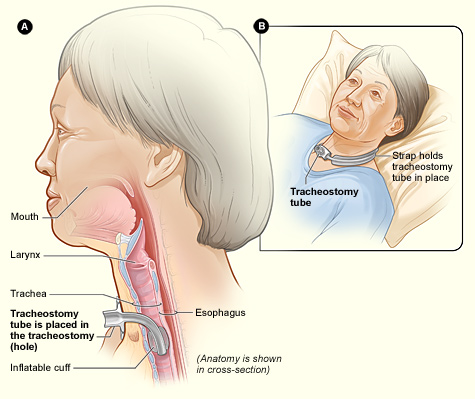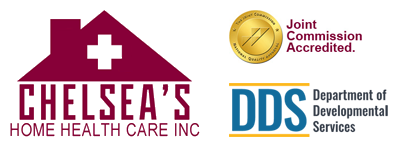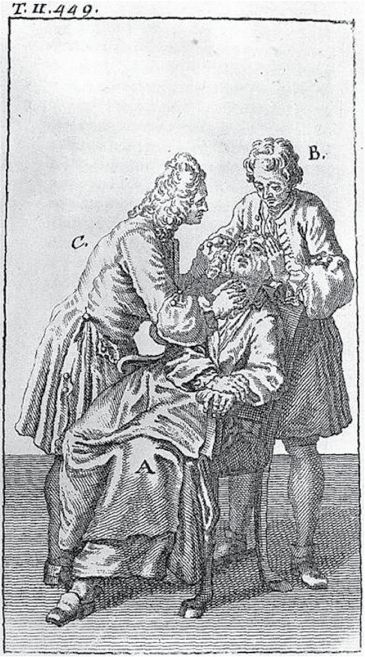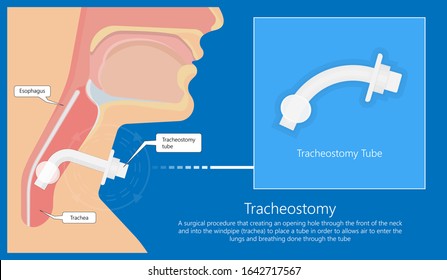
How Tracheostomy Brought A Breakthrough In Medicine
Tracheostomy care has undoubtedly changed many lives for the better. Thus, we now brief on the history of this care and its impact on medicine.
Few innovations have had as profound and long-standing an impact on respiratory health as tracheostomy. This surgical procedure, involving the creation of an artificial airway in the trachea, has transformed the lives of countless individuals facing respiratory challenges. Not only that — Tracheostomy has been around for a long time.
In ancient history
“Tracheostomy is one of the oldest operations known, with ancient Egyptian artifacts engraved with depictions of tracheostomy that date back to 3600BC. Written references to a surgical procedure of an incision in the trachea also appeared in a Hindu text written circa 2000BC. Alexander the Great was reported to save a soldier’s life from suffocation in circa 1000BC, by way of an incision of the trachea using his sword tip“1.
In more recent history
Between 1546 and 1883, the procedure was disadvised, and few surgeons had the courage to perform it. Then, In 1932, doctors found use for it due to its prophylactic and therapeutic use in poliomyelitis. In that period, Tracheostomy was recommended for a large variety of assorted maladies. Finally, this started a tremendous period of enthusiasm. Moreover, the present era from 1965 on has been its most successful and popular. Complications, indications and interrelation with the procedure are clearly outlined, and Tracheostomy has found its place.2
Understanding the Procedure:
Tracheostomy is a surgical procedure that involves creating an opening, or stoma, in the trachea. This artificial airway provides a direct route for breathing, bypassing any obstruction in the upper respiratory tract. The procedure is often performed in cases of severe respiratory distress, when traditional breathing methods are insufficient or compromised.
Why Tracheostomy?
1. In cases of respiratory Failure:
Tracheostomy becomes a life-saving measure when an individual is unable to maintain adequate oxygen levels through natural breathing, often due to conditions such as chronic obstructive pulmonary disease (COPD) or acute respiratory distress syndrome (ARDS).
2. In cases of an obstructed airway:
In cases of upper airway obstruction caused by tumors, trauma, or infections, tracheostomy provides a clear path for airflow, preventing life-threatening respiratory compromise.
3. Mechanical Ventilation:
Individuals requiring prolonged mechanical ventilation, such as those in intensive care units, may undergo tracheostomy to facilitate long-term respiratory support.
How it can improve quality of life
1. Enhanced Communication:
One of the remarkable aspects of tracheostomy is its positive influence on communication for patients who, prior to the procedure, struggled with speech due to respiratory issues. The artificial airway allows for improved vocalization, empowering individuals to express themselves more effectively.
2. Reduced Respiratory Distress:
By providing a direct and unobstructed pathway for breathing, tracheostomy alleviates the respiratory distress experienced by many patients. This, in turn, enhances their overall comfort and quality of life.
3. Facilitating Rehabilitation:
Tracheostomy enables individuals to engage in rehabilitation efforts more effectively. Patients can participate in physiotherapy and other therapeutic activities with reduced respiratory limitations.
Technological Advancements in Tracheostomy:
The field of tracheostomy has witnessed significant technological advancements in recent years. Innovations such as minimally invasive techniques and improved tracheostomy tubes have enhanced the overall patient experience.
What’s the future of Tracheostomy?
Looking ahead, ongoing research and development in respiratory medicine continue to shape the future of tracheostomy. Advances in regenerative medicine, tissue engineering, and personalized healthcare may offer new possibilities for enhancing the effectiveness and safety of the procedure.
Of all the current medical advancements, tracheostomy especially is a beacon of hope for medicine — in particular for individuals grappling with respiratory challenges. From its historical roots to the latest technological innovations, the journey of tracheostomy is a testament to human progress and the commitment throughout history to improve lives. We now acknowledge the dedicated healthcare professionals who have made medical strides, and resilient individuals who have undergone this procedure before us.
How does this relate to Chelsea’s Home Health Care?
While here at Chelsea’s of Southern California our nurses do not specifically do this procedure, our nurses do help to maintain and care for individuals who have undergone this procedure already. Our home health service is based in Los Angeles, but we are able to provide our services to a wide-ranging area of Southern California.
Our nurses can go to homes and service in Ventura County, Los Angeles County, Riverside County, San Bernardino County, and Orange County. Additionally, we are hiring!
Citations
1Smith, Yolanda. 2023. Tracheotomy History. News-Medical, viewed 20 January 2024, https://www.news-medical.net/health/Tracheotomy-History.aspx.
2Frost E. A. (1976). Tracing the tracheostomy. The Annals of otology, rhinology, and laryngology, 85(5 Pt.1), 618–624. https://doi.org/10.1177/000348947608500509
Looking to contact us? Click here
Connect with us on instagram
Chelsea’s Home Health Care of Southern California provides services in a dignified, humane, and cost effective manner and according to plan of care directed by the patient’s physician. CHHC shall not discriminate according to group, gender, age, sexual preference, or diagnosis. Additionally, this post is solely a general post and does not involve any specific families, employees, etc. Blog posts =/ medical advice. Any photos are from sources available to the general public or original pictures and any people are actors rather than real patients.






